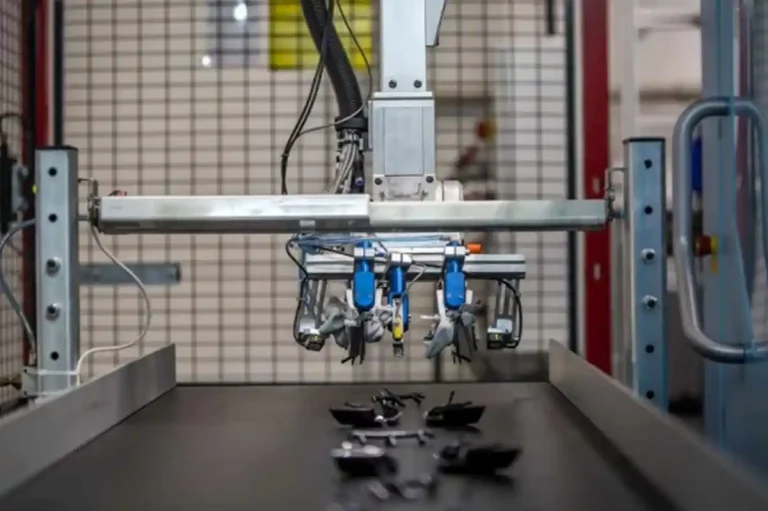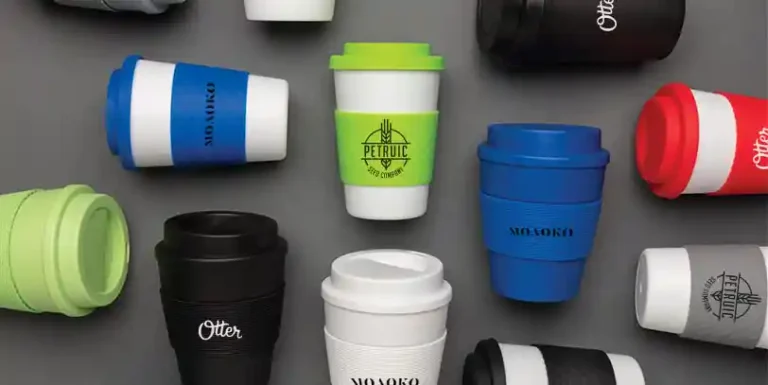Automation driving forces plastics manufacturing
In today’s plastics industry, efficiency and adaptability are crucial. In 2025, automation and personalization have become established as the key strategies to achieve maximum productivity and meet the demands of an increasingly discerning market. Discover how these trends are revolutionizing plastics manufacturing and how your company can make the most of these innovations.
1. Intelligent Automation: Unbeatable Productivity and Precision
Automation in plastics manufacturing goes far beyond simply replacing manual labor. We are talking about intelligent systems that optimize every stage of the process, from raw material reception to final product packaging. Cutting-edge technologies include:
- Advanced Robotics: Collaborative robots (cobots) that work alongside operators, industrial robots for repetitive and high-precision tasks.
- Control Systems and Management Software: Integrated platforms that coordinate the entire production line, optimize scheduling, and collect data for continuous improvement.
- 3D Printing: For rapid prototyping, customized tooling, and complex parts on demand.
- Sensors and Artificial Vision: Systems that monitor quality in real-time, detect defects, and automatically adjust production parameters.
✓ Benefits of Automation:
- Increased Productivity: Faster production cycles, 24/7 operation, and reduced downtime.
- Superior and Consistent Quality: Fewer human errors, greater precision, and repeatability in processes.
- Reduced Operating Costs: Optimization of material usage, lower energy consumption, and decreased need for manual labor in repetitive tasks.
- Improved Workplace Safety: Robots taking over dangerous or unhealthy tasks, creating safer working environments for operators.
Automation driving forces plastics manufacturing

Automation driving forces plastics manufacturing
2. Mass Customization: Tailor-Made Products for a Demanding Market
Personalization is no longer a luxury, but a current consumer demand. In 2025, the ability to offer tailor-made plastic products is a key differentiator. Plastics manufacturing is adapting to this trend with:
- Parametric Design and Advanced CAD Software: Tools that enable the creation of complex designs and personalized variations quickly and efficiently.
- Flexible Manufacturing: Production lines designed to switch rapidly between different products and small batches.
- Large-Scale 3D Printing: To produce customized parts and prototypes directly from digital designs, with a wide range of plastic materials.
- Product Information Management (PIM) Systems: Platforms that centralize personalized product information and facilitate order and production management.
✓ Benefits of Personalization:
- Higher Added Value: Unique products that justify higher prices and improve profitability.
- Customer Satisfaction: Products that adapt exactly to individual needs and preferences.
- Competitive Differentiation: Standing out in a saturated market by offering customized solutions.
- New Business Opportunities: Exploration of market niches and creation of innovative and specialized products.
Automation driving forces plastics manufacturing

Automation driving forces plastics manufacturing
3. Automation + Personalization: The Winning Formula for 2025
The true revolution comes from combining automation with personalization. These two approaches perfectly complement each other to create efficient and flexible production lines capable of:
- Producing large volumes with the efficiency of automation.
- Adapting quickly to the demand for personalized products without losing productivity.
- Reducing costs and delivery times in the manufacture of customized products.
- Offering exceptional service to customers seeking specific and high-quality solutions.

